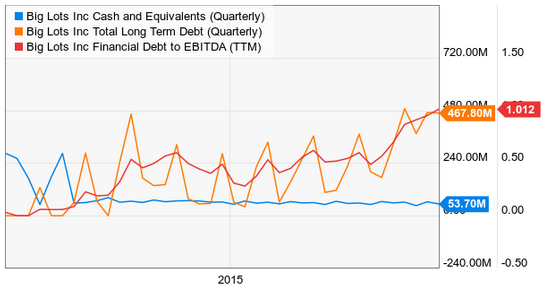Big Lots Stock Dividend


Big Lots Stock Dividend Aristocrats
Big Lots (BIG) has 4 splits in our
Find the latest Big Lots, Inc. (BIG) stock quote, history, news and other vital information to help you with your stock trading and investing. Big Lots Inc (BIG) Dividend History. Big Lots Inc is engaged in operating discount retail stores. It provides a broad range of merchandise, including food, consumables, soft home products, hard home products, furniture, electronics and accessories, and seasonal products. Big Lots (BIG) Declares $0.30 Quarterly Dividend; 2.2% Yield Big Lots (BIG) Board authorizes repurchase of up to $500 million of outstanding common shares See More.
BIG split historyBig Stock Price Dividend
database. The first split for BIG took place on November 26, 1985. This was a 2 for 1 split, meaning for each share of BIG owned pre-split, the shareholder now owned 2 shares. For example, a 1000 share position pre-split, became a 2000 share position following the split. BIG's second split took place on June 17, 1986. This was a 2 for 1 split, meaning for each share of BIG owned pre-split, the shareholder now owned 2 shares. For example, a 2000 share position pre-split, became a 4000 share position following the split. BIG's third split took place on December 26, 1996. This was a 5 for 4 split, meaning for each 4 shares of BIG owned pre-split, the shareholder now owned 5 shares. For example, a 4000 share position pre-split, became a 5000 share position following the split. BIG's 4th split took place on June 25, 1997. This was a 5 for 4 split, meaning for each 4 shares of BIG owned pre-split, the shareholder now owned 5 shares. For example, a 5000 share position pre-split, became a 6250 share position following the split.Big Dividend History
When a company such as Big Lots splits its shares, the market capitalization before and after the split takes place remains stable, meaning the shareholder now owns more shares but each are valued at a lower price per share. Often, however, a lower priced stock on a per-share basis can attract a wider range of buyers. If that increased demand causes the share price to appreciate, then the total market capitalization rises post-split. This does not always happen, however, often depending on the underlying fundamentals of the business.